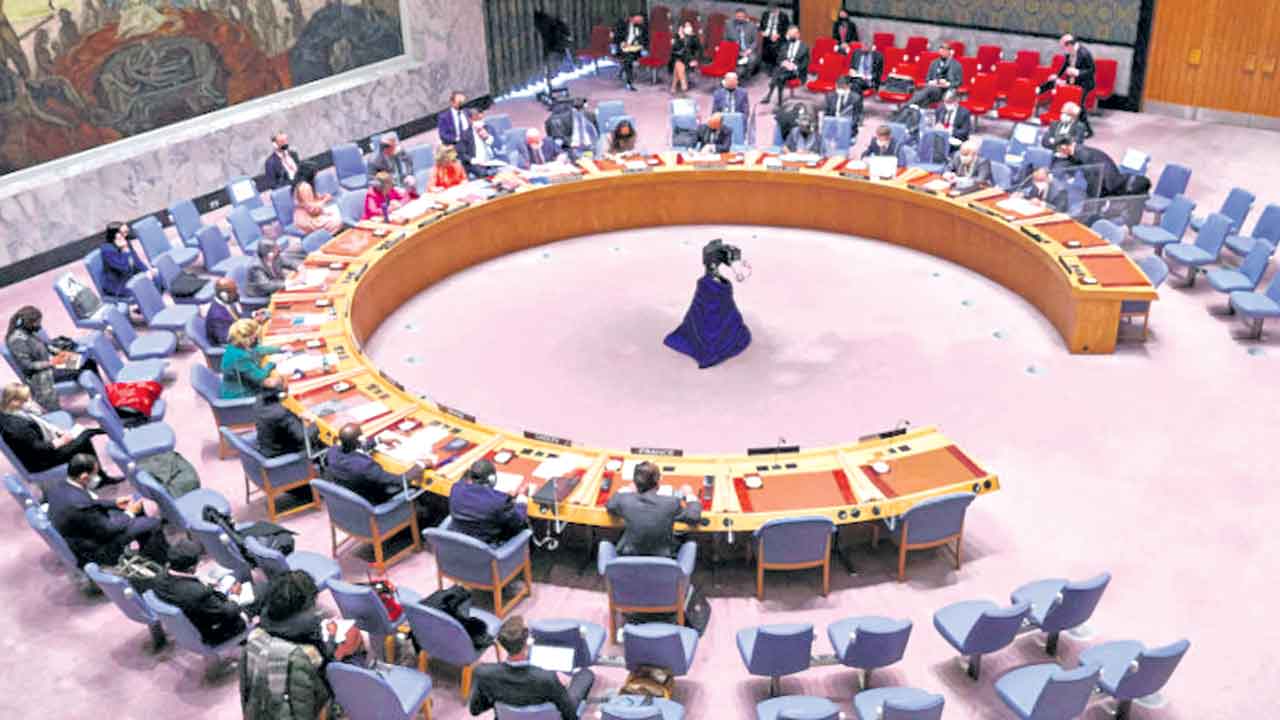We live outside the municipal limits పోటీ పరీక్షల ప్రత్యేకం

గత తరువాయి..
6.1. Preposition is a word that shows relation between a noun and object.
6.2. KINDS OF PREPOSITIONS
1. PREPOSITION OF PLACE – At, in, on
AT
# At is used to refer to a particular spot of a large area.
Example: He met me at the bus-stop near Safdar jung hospital
# It is also used to refer to a particular place
Example: We now stay at Pattarganj in East Delhi
#It is used to refer to the exact place
Example: The baraat will be re-assembled at the Gurudwara of R.K.Puram.
#We use at to refer time
Example: Her flight landed at 4.O’ clock
#It used with names of buildings, shops, schools, and theatres etc.
Examples:
1. Let’s meet at the Parliament Gate
2. They are staying at the Ashoka hotel
3. Turn left at the post office to reach the Punjab National Bank
IN
# We use ‘in’ when we do not say where a person or a thing is within a particular area. E.g., in the market, in the garden, in our village, in the room.
# We also use in to refer to the town s and countries. E.g., in India, in Kolkata; I am working in Delhi.
ON : A position to close proxi mity, location of something. Indi cates position in contact with outer surfaces.
Examples: On Sunday, on the floor, on the dais, on the seashore, on the first/second/third floor, on the farm, on the wall, on top of, she spoke on value education
2. PREPOSITION OF LOCATION AND DIRECTION
IN, AT, TO, TOWARDS, INTO, OUTSIDE, AWAYFROM, OFF, NEAR, FAR OFF, BESIDE, BEFORE, OPPOSITE, FACING, UNDER, OVER, BEHIND, IN FRONT OF, UP, DOWN
IN
Examples: Indicates position
1.The suit is in the cupboard
2.There are only three persons in the car To convey the meaning of ‘stay in’
Examples:
1. Whenever I call, he is never in the house
2. We are not going anywhere in the evening
AT
Used to indicate the place where someone / something is…
TO
To show the direction (towards)
Examples:
1. We stopped for lunch at Meerut on our way to Haridwar
2. The road to the New Delhi Rail way stations is under repairs
3. Our trip to Kathmandu is memo rable
4. We travelled from Ahmedabad to Dwaraka by taxi
INTO
Examples:
1. Get into swimming pool quickly.
You are getting late
2. Pour the boiled water into the cup
3. He got back into bed late last night
4. I saw her going into the hotel
Note: We usually use ‘in’ after words like: throw, drop, put, look, jump but ‘into’ cannot be used with these words.
Examples:
1. My mother dropped my gloves in the dustbin
2. Put the knife in the drawer
3. Look in the almirah, and see if the book is there
OUTSIDE
Examples:
1. We live outside the municipal limits
2. The Mathura refinery is outside the town
3. I will meet you outside the cin ema house
4. Why don’t you go outside and play with your friends
5. They are waiting outside the post office
Note: In American English we can also use ‘outside of’ in place of ‘outside’
AWAY FROM / OFF
These prepositions refer to a point and a movement either towards it or from it
Examples:
1. You can fly from New Delhi to Mumbai in less than two hours
2. Keep off the grass
3. He fell off the horse
Near means ‘close to’
NEAR AND FAR OFF
Examples:
1. She is sitting near her boss
2. Don’t sit near the heater
3. My office is near the exhibition ground
4. Far off indicates distance (nega tive position)
Examples:
1. My mother lives far off from my house
2. If you sit far off from the stage, you may not enjoy the show
UNDER and OVER
a. Over means ‘above’ our head
e.g. The fan over us keeps us cool in summer
b. It also means ‘on top of’
e.g. when it rains heavily trains cannot run because water runs over the railway line
Under: Under indicates the oppo site meaning of over.
e.g. During lunch hour the factory workers take rest under the trees.
These are used to refer to the location / position of three dimen sional objects
BEHIND and IN FRONT OF
Examples:
1. The terrorist hid himself behind the cupboard
2. The scooter is behind the taxi
3. The car is in front of the bus
4. In the examination hall I was sitting in front of the black board, while my friend was sitting behind me.
BESIDE
It refers to a position which means ‘by’ or ‘at the side of’
Examples:
1. Who is sitting beside your wife?
2. The telephone is beside her bed
BEFORE
It is not normally used as a prepos ition, used only in special cases.
Examples:
1. I read the newspaper before I do anything else in the morning,(to refer to the order of things/ events)
2. He slept before my own eyes (in expression like before my own eyes)
OPPOSITE AND FACING
These prepositions refer to things which are on opposite sides
Examples:
1. There is a good restaurant oppo site our house
2. The church and the mosque are facing each other
ACROSS/JUST ACROSS
It is used to convey the meaning of ‘on the opposite side’ from where you are
e.g. My school principal lives across the road. ‘Just across’ is used when we want to say : On the opposite side and very close to where you are
e.g. The temple is just across our house
UP and DOWN
‘UP’ is used to ‘pointing’, ‘mov ing’ or ‘looking up’
Examples:
1. He climbed up the wall to get a better look of the procession
2. She went up the hill
3. She looked up and passed a meaningful smile
‘Down’ is used to refer to a situation which is the opposite of ‘up’. In other words when you want to say that something comes down to the ground.
Examples:
1. Get down from the tree
2. Come down from the dais
3. With great difficulty she came down the hill
7. CONJUNCTION
.1. Conjunctions (and, but, or, therefore, because, if, when, as, since, etc) are joining words. They are used to join words, phrases and sentences.
a) COORDINATING CONJUNCTIONS
These conjunctions are used to join two things/thoughts/ sente nces that are grammatically equal in status in the sentence.
(and, as well as, also, but, yet, only, or, nor, so, therefore)
Examples:
1. He has lots of money, but he spends it very carefully
2. She is all right now, only she feels tired.
3. He misbehaved with his class mate, so he was suspended from the college.
b) SUBORDINATING CONJ UNCTIONS
These conjunctions are used to connect clauses to show that one clause is grammatically more important than the other.
(because, as, since, if, when, that etc.,)
Examples:
1. He did not attend the party because he was ill.
2. He decided to help her when he was told about her innocence.
3. I will definitely help you, if you promise to work hard.c)
CORRELATIVE CONJUNCTIONS
CONJUNCTIONS
These conjunctions indicate a para llel relationship between two parts of sentences. E.g. she is not only intelligent but also diligent.
(both and; neither-nor; not only-but also)
8. INTERJECTION
Words and phrases like Alas, Oh, Hurrah, Wow, Well, Hello, Bravo, Wonderful, Fantastic, Gorgeous are all interjections as they express sudden strong feeli ngs (emotions). These emotions may be related to pain, shock, surprise, happiness, pleasure, and appreciation etc.
These exclamatory words are co mmonly used with exclamatory mark (!)
Examples:
1. What a lovely face!
2. Well, she is a highly educated woman!
3. Good Heavens!
4. What an awful news!
5. What a pleasant surprise!
Note: We use ‘what a ……’ with singular countable and ‘what ….’ With plurals and uncountable.
The interjections live on their own, outside the structure of the rest of the sentence e.g. what a wonderful plan!
B.Vivekananda
Sr. Faculty
Hyderabad
9912343401
Latest Updates
దేశంలో ‘జీవన వీలునామా’ నమోదు చేసిన మొదటి హైకోర్టు?
తాత్వికతను తెలిపేది.. రాజ్యాంగానికి గుండెలాంటిది
ఎలకానిక్ రికార్డులు.. ప్రాథమిక సాక్ష్యాలు
శుక్రకణాలు తాత్కాలికంగా నిల్వ ఉండే ప్రాంతం?
సెకండరీ ఎడ్యుకేషన్ కమిషన్కు మరోపేరు?
‘వెయ్యి ఉరిల మర్రి’ గా పేరుగాంచిన ఊడలమర్రి ఏ జిల్లాలో ఉంది?
రక్షణ దుర్గాలు – నాటి పాలనా విభాగాలు
క్యారెట్ మొక్క ఎన్ని సంవత్సరాలు జీవిస్తుంది?
ప్రపంచ ప్రసిద్ధి అగాధాలు – ఐక్యరాజ్యసమితి లక్ష్యాలు
అణు రియాక్టర్లలో న్యూట్రాన్ల వేగాన్ని తగ్గించేందుకు ఉపయోగించే రసాయనం?






